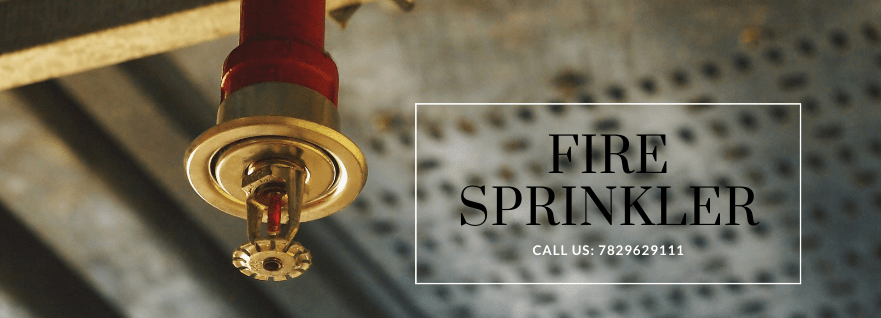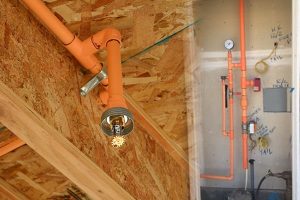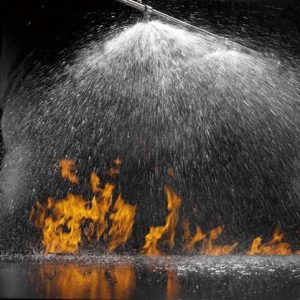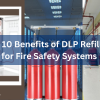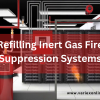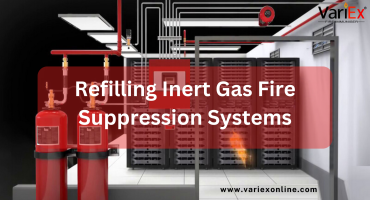![]()
Fire Immuniser
+91-7829629111
Email: info@variex.in
Varistor Technologies Pvt. Ltd.
Block-1, First Floor, Ardente Office One, Hoodi Circle, ITPL Main Road, Bengaluru, Karnataka 560048, IN
Which Element Is Used For Fire Sprinkler Systems
Frequently Asked Questions
Fire sprinkler systems are networks of pipes and sprinkler heads designed to detect and suppress fires automatically. When a fire is detected, the heat activates one or more sprinkler heads, releasing water or other suppression agents to extinguish the fire.
Fire sprinkler systems can use various suppression agents, including water, foam, dry chemicals, wet chemicals, inert gases, and clean agents. The choice of suppression agent depends on the type of fire hazard and the specific requirements of the environment.
Yes, fire sprinkler systems are highly effective in suppressing fires, often extinguishing them in their early stages. The quick response time of sprinkler systems helps prevent fires from spreading and causing extensive damage.
While fire sprinkler systems release water to suppress fires, they are designed to minimize water damage by targeting the area affected by the fire. Modern systems are equipped with heat-sensitive sprinkler heads that activate individually, directing water only to the affected area.
Yes, there are environmentally friendly suppression agents, such as clean agents and wet chemicals, that are designed to extinguish fires without leaving residue or harming the environment. These agents are increasingly used in applications where minimizing environmental impact is a priority.
Final Say
At VariEx.in and VariexOnline.com, we specialize in supplying and installing top-quality fire fighting systems and equipment. From fire extinguishers to advanced suppression systems, we offer comprehensive solutions tailored to your needs. Our experienced team ensures precise installation and maintenance for optimal safety.
Trust VariEx for reliable fire protection. Contact us online or call 7829629111 to learn more.


